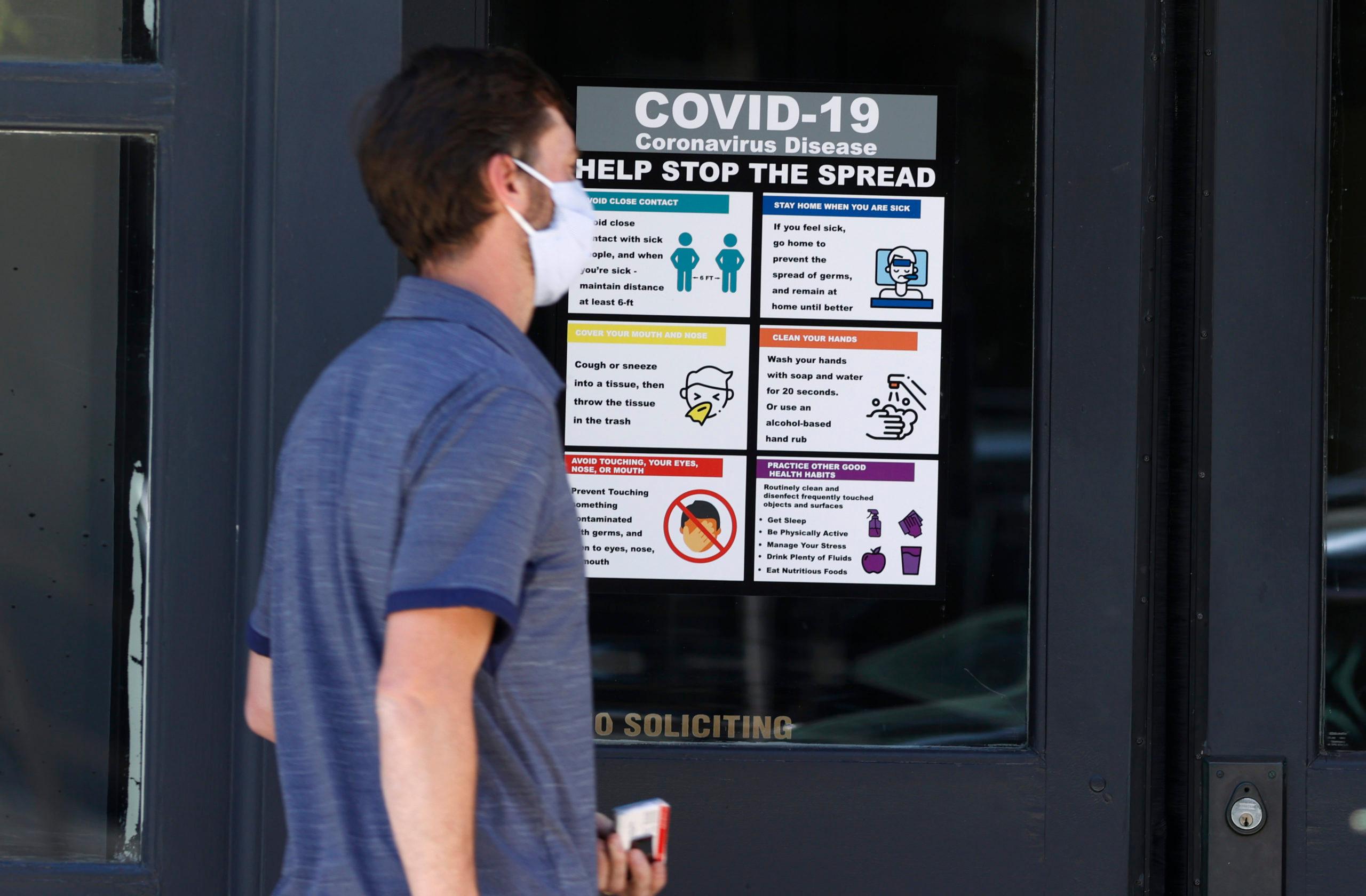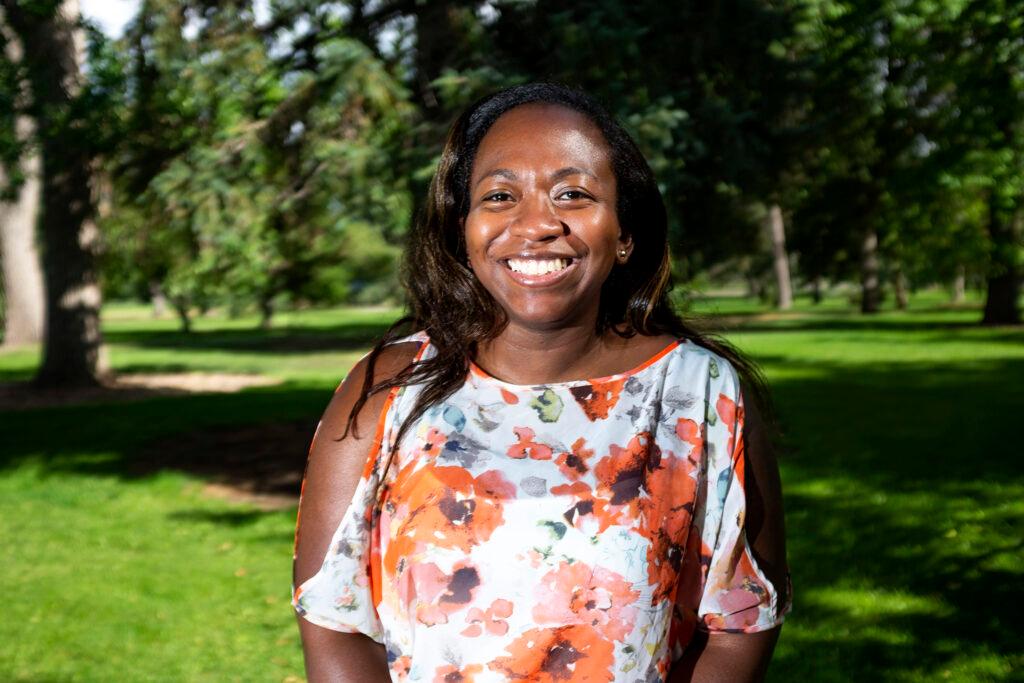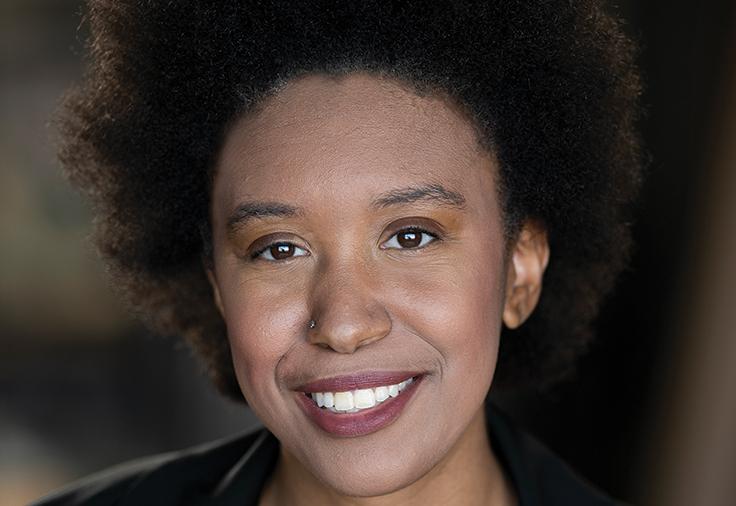
Carrie Kennedy runs a daycare program from her roughly 2,000-square-foot ranch-style house in Arvada.
Her business dried up when Gov. Jared Polis enacted a statewide stay-at-home order in March. As a self-employed childcare provider, Kennedy qualified for a small loan — less than $15,000 — through the federal Paycheck Protection Program.
She’d never taken out a business loan before, and the documentation was intimidating. She spent hours doing research and talking to pro-bono advisers before deciding to take the loan.
Now, she said, she’s anxious about spending money until she knows the debt will be forgiven.
“We’re all just sitting here in limbo,” Kennedy said. “I am crossing my fingers that this will become forgivable and essentially a grant for me to give me a cash reserve.”
The Small Business Administration began accepting applications Monday from business owners who borrowed through the Paycheck Protection Program and are seeking forgiveness for their loans. It’s the newest phase of the $700 billion effort to aid small businesses hurt by the COVID-19 pandemic.
The program, aimed at companies with 500 or fewer employees, launched in April to keep workers employed amid widespread shutdowns. A company’s debt can qualify for forgiveness if at least 60 percent of the money is used for payroll.
It’s unclear when borrowers will have an answer on the status of their forgiveness application. Lawmakers in Washington are debating another round of stimulus, which could include changes to the small business loan program. One proposal would automatically forgive loans for less than $150,000.
Some banks won’t process applications until Congress comes up with a solution. Kennedy got her loan from FirstBank. The lender hasn’t started the forgiveness process for its clients, a bank representative told CPR in an email.
“There currently is pending legislation that would change the forgiveness process, making it much easier and more streamlined for the majority of our PPP customers,” the bank representative wrote.
Critics say the program didn’t always effectively funnel cash to the businesses that needed it most. Advocates for small businesses criticized the biggest U.S. banks for favoring large customers, cutting off funding to mom-and-pop businesses during the initial rollout.
Public companies with access to accountants and lawyers accessed the funding, even as business owners of color with a handful of employees struggled.
Loan forgiveness also offers a layer of accountability, as businesses will have to show how they spent the money they borrowed.
The U.S. Department of the Treasury released data on borrowers in July under pressure from Congress. The information was riddled with errors and didn’t include complete demographic information on race and gender.
To be completely forgiven, owners had to use the funds for payroll, mortgages, rent, and utilities, with most going toward payroll. Originally, the federal program required borrowers to spend the money during the eight weeks after the PPP loan was first available, in order to have the debt forgiven.
That requirement was difficult for businesses that have been forced to scale back or close because of physical distancing rules. As of June, it’s been extended to 24 weeks.
State efforts to ensure compliance are on hold as Congressional negotiations over COVID-19 relief continue.
Roughly 86 percent of the nearly five million loans granted nationwide were for less than $150,000, according to the SBA. Loans of that size are typically going to very small businesses, Hunter Railey, the Colorado director of the Small Business Majority, an advocacy group, said. He thinks it’s the larger loans that need extra scrutiny.
“Where I think we need to be more careful on that accountability question, and where it does deserve some additional documentation … is when the loans got larger, into the over $1 million, over $2 million range,” Railey said.
About one-third of the dollars lent through the program were for loans between $1 million and $10 million, SBA data show.
Small business owners of color in particular were and still are at a disadvantage.
That’s in part because the Paycheck Protection Program funding is heavily dependent on prior banking relationships. Applicants had to apply at an SBA-approved lender, bank, or a credit union, rather than directly applying to the federal government. Historically, people of color haven’t had those relationships.
Over the past five years nationally, 46 percent of white-owned businesses with employees had access to credit from a bank and 6 percent from a credit union. Only 23 percent of Black-owned businesses with employees had access to credit from a bank and 8 percent from a credit union. Thirty-two percent of Latino-owned businesses with employees had credit access to a bank and 4 percent from a credit union.
“People of color are more likely to be unbanked or underbanked and have a less desirable track record with banking institutions and therefore are at a disadvantage,” Aracely Panameño, Director of Latino Affairs at Center for Responsible Lending said. “So even in the case where businesses may have accounts with the lending institution, those accounts have significantly less capital compared to white business owners.”
Panameño wants to see more grants rather than loans in the next potential stimulus package. She sees grants as a way to get people of color more capital rather than loans which means debt.
Without forgiveness, Panameño worries these businesses, particularly those owned by Black and Latino people, won’t survive and it will lead to a more dire employment situation. Black and Latino people have the highest national unemployment rates out of all racial demographics, and she worries if businesses owned by people of color go away, so will employment opportunities.
“The investment that we put into the small businesses, it's an offset to what you have to then spend in public benefits,” she said.
Danielle Smith, originally from Aurora, makes most of her income through her own photography company, Lotus & Lily Photography, which she’s had for the past five years with contract workers under her. She also works for the Colorado Black Chamber of Commerce.

Smith lost about 90 percent of her business because of pandemic-caused shutdowns. She applied for a PPP loan through Wells Fargo on the second day that applications were open. Weeks went by and she never heard back.
“I don’t have a banking relationship with those larger banks,” Smith said. “I thought I just wasn’t qualified.”
She ended up applying again with a smaller state and community bank, Citizens State Bank. Smith said the bank walked her through every step and she received a small loan two weeks after approval.
Doug Price, a chairman for the board of the bank, said the bank is intentionally seeking how to help nonprofits and people of color and women-owned businesses. The small bank has done about 250 loans. For forgiveness, the bank is rolling out weekly webinars to its clients on how the process works.
Smith is grateful that help came when it did. She almost had to sell all of her photography equipment to make ends meet. However, money is still tight and she is still concerned about her loan not being forgiven.
“I spend about 50 percent of my time worrying,” she said.
She said she’s applied to other outside grants, about 100 so far, but hasn’t had any luck. If Congress does do another round of stimulus for the Paycheck Protection Program, Smith said she’d consider it if her original loans are forgiven.
“If it’s not forgiven, it would make me a little hesitant to pick up money because I don’t really want to go into any [more] debt,” she said. “I don’t know what winter is going to look like.”
As the pandemic drags on, the federal aid may not be able to keep up.
“The program was designed with the intention of this public health crisis being a very short-term issue for businesses,” Railey of the Small Business Majority said. “That’s not the reality we’re living in, and we’re really trying to adjust a clunky program to serve a population of business owners that are extremely diverse, and that’s just a massive challenge.”
Kennedy’s daycare program is running again but at a lower capacity. For now, the kids are spending most of the day outside. But there’s a good chance she will be forced to close again if one of the children gets COVID-19. That’s when she’ll really need her cash reserve.
“I am just trying to survive, and help my business survive,” Kennedy said. “I don’t know what the future holds.”
Disclaimer: Colorado Public Radio applied for and received assistance from the Paycheck Protection Program during the coronavirus pandemic.
Editor's note: An earlier version of this story incorrectly stated Carrie Kennedy's business was in Aurora, not Arvada.









